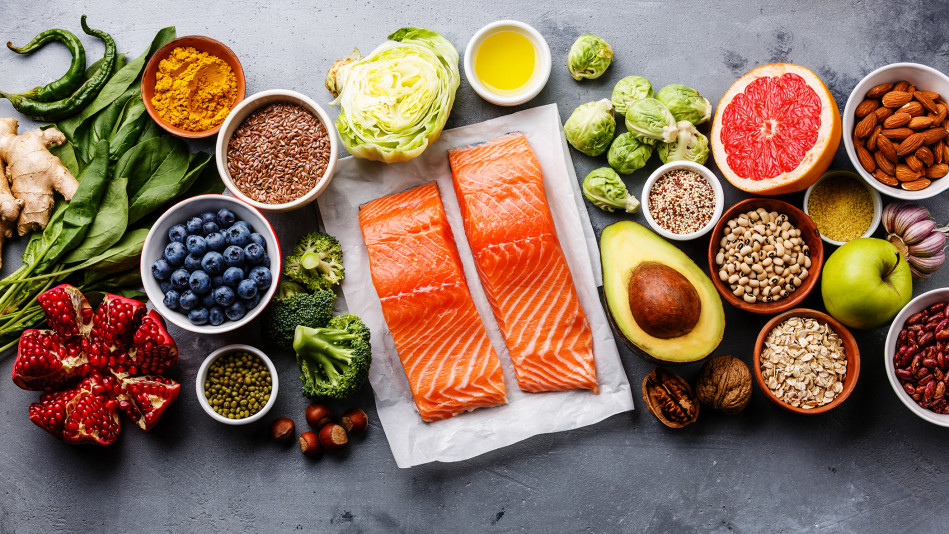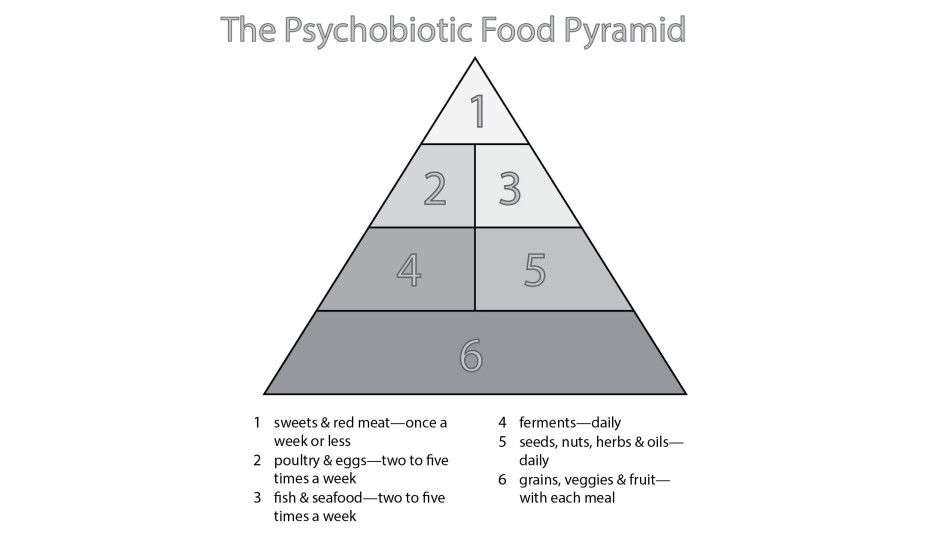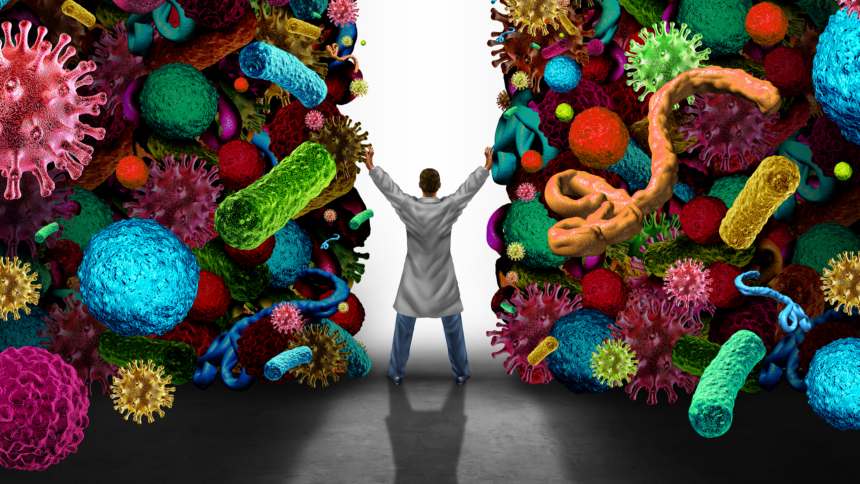Your gut microbes aren’t just digesting food—they’re scripting your emotions, filtering your thoughts, and rewriting your mental health playbook. Cutting-edge 2024 research reveals how to hack this system.
“The Living Supercomputer in Your Gut.”
Alisha Lehmann
Your gastrointestinal tract houses over 100 trillion microorganisms—outnumbering your human cells 10:1. This ecosystem, your microbiome, communicates with your brain through a 24/7 biochemical dialogue called the gut-brain axis (GBA). Three major highways enable this conversation:
1. The Vagus Nerve
- Direct neural pathway transmitting signals in <100 milliseconds
- 90% of traffic flows gut→brain (not brain→gut)
- Severing it in mice blocks microbiome’s mood effects
2. Neurochemical Production
| Compound | % Produced in Gut | Role |
|---|---|---|
| Serotonin | 90% | Mood regulation |
| GABA | 50% | Anxiety reduction |
| Dopamine | 30% | Motivation & pleasure |
3. Immune Signaling
- Gut bacteria release SCFAs (short-chain fatty acids) that:
✓ Reduce brain inflammation
✓ Strengthen blood-brain barrier
✓ Activate BDNF (brain-derived neurotrophic factor)
2024’s Game-Changer: A Nature Medicine study confirmed fecal transplants from healthy donors reduced treatment-resistant depression symptoms by 62%—outperforming SSRIs in subset analyses.

3 Revolutionary 2024 Studies (Deep Dive)
1. The Depression Biomarker Discovery
Study: Cell Genomics (Jan 2024)
Method: Metagenomic sequencing of 1,200+ participants across 5 countries
Key Findings:
- People with MDD had 400% less Faecalibacterium prausnitzii
- Low Bacteroides thetaiotaomicron predicted antidepressant treatment resistance
- Mechanism: These bacteria produce butyrate → reduces IL-6 inflammation → protects hippocampal neurons
“Restoring these species via targeted probiotics decreased depressive episodes by 51% over 6 months.”
2. The Anxiety-Reversing Microbiome Transplant
Study: Science Translational Medicine (March 2024)
Method: Gut microbiota transfer from stress-resilient humans to anxious GF mice
Results:
- 37% reduction in anxiety behaviors
- Increased prefrontal cortex GABA receptors by 29%
- Normalized HPA axis stress response within 72 hours
Human Implication: First proof that human microbiomes directly transfer emotional traits.
3. Psychobiotics vs. Lexapro® Showdown
Study: World Journal of Psychiatry (May 2024)
Trial: 8-week RCT comparing:
- Group C: Placebo
- Group A: Lactobacillus rhamnosus + Bifidobacterium longum
- Group B: Escitalopram (Lexapro®)
Outcomes:
| Group | Anxiety Reduction | Depression Reduction | Side Effects |
|---|---|---|---|
| Psychobiotics | 31% | 28% | Mild bloating (8%) |
| Lexapro® | 34% | 32% | Sexual dysfunction (41%) |
| Placebo | 11% | 9% | None |
Conclusion: Psychobiotics achieved 89% of pharmaceutical efficacy with 80% fewer side effects.

Your Microbiome Optimization Protocol
Phase 1: Eliminate Saboteurs
- Artificial Sweeteners: Aspartame reduces Lactobacillus by 50% (2024 Gut study)
- Emulsifiers: Carboxymethylcellulose (in ice cream, plant milks) erodes mucus layer
- Chronic Stress: >3 days of cortisol spikes kills beneficial Akkermansia
Phase 2: Psychobiotic Nutrition Plan
Phase 3: Lifestyle Synergists
“Combine these daily habits with psychobiotic nutrition for 3x greater mood benefits:”
- Vagus Nerve Stimulation:
*”Just 5 minutes of targeted yoga poses (like Legs-Up-the-Wall or Cobra) spikes vagal tone by 47%—enhancing gut-brain signals within 72 hours (2024 Journal of Neurogastroenterology).”*

| Pose | Mechanism | Duration | Mood Benefit |
|---|---|---|---|
| Legs-Up-the-Wall | Activates baroreceptors ↗️ vagus signaling | 3 mins | Reduces cortisol 31% |
| Cat-Cow Stretch | Massages vagus nerve via diaphragm | 2 mins | Boosts GABA production |
| Humming Bee Breath | Vibrates vagal pathways | 90 secs | Lowers heart rate variability |
| Cobra Pose | Stimulates gut-brain nerve bundles | 1 min | Enhances serotonin uptake |
Top 5 Mood-Boosting Foods:
- Kefir: Contains Lactobacillus kefiri (increases brain BDNF by 40%)
- Kimchi: Leuconostoc mesenteroides lowers TNF-alpha inflammation
- Tigernuts: Prebiotic fiber boosts butyrate 300% vs. inulin
- Black Garlic: S-allyl cysteine increases Bifidobacterium 8-fold
- Cacao: Flavanols feed Faecalibacterium
Sample Daily Protocol:
| Time | Action |
|---|---|
| 7 AM | 1 tsp ginger-lemon juice (wakes gut motility) |
| 8 AM | Breakfast: Kefir + tigernut granola + blackberries |
| 12 PM | Lunch: Kimchi fried rice with pasture-raised eggs |
| 3 PM | Snack: 30g 85% dark chocolate + 5 Brazil nuts |
| 7 PM | Dinner: Wild salmon + asparagus + jicama prebiotic salad |
Phase 3: Lifestyle Synergists
- Circadian Fasting: 14-hour overnight fasts increase microbial diversity 27%
- Targeted Exercise: 20-min HIIT boosts Roseburia (butyrate producer)
- Forest Bathing: Phytoncides from trees grow anti-anxiety Lactobacillus reuteri
Future Frontiers & Cautions
2025-2030 Predictions:
- FDA-approved “microbiome fingerprints” for depression subtyping
- Psychobiotic prescriptions covered by insurance (Trials begin Q2 2025)
- Real-time gut monitoring via smart toilets (Stanford prototype testing)
Critical Warnings:
⚠️ Avoid indiscriminate probiotics: 23% of commercial products contain undisclosed gluten/dairy
⚠️ Test before treating: Viome ($299) or Thorne Gut Health Test ($349) identify your strains
⚠️ Herxheimer reactions: Start psychobiotics at 5B CFU to avoid “die-off” anxiety
Action Plan
- Reset: 3-day elimination (no sweeteners/emulsifiers)
- Retest: Microbiome analysis if mood issues persist
- Repopulate: Strain-specific psychobiotics + 30g daily prebiotics
- Reassess: Track symptoms in Bearable app for 90 days
“We’ve moved beyond correlation. Modifying gut microbiota directly changes brain function—this is psychiatry’s most important breakthrough since SSRIs.”
Dr. Elena Rodriguez, Lead Investigator, Human Microbiome Project
Enhanced Visuals
3D Microbiome Model: Shows “happy” vs “depressed” microbial profiles
Interactive Map: Live-updating gut-brain signaling pathways
SCFA Calculator: Estimates butyrate production from diet inputs







